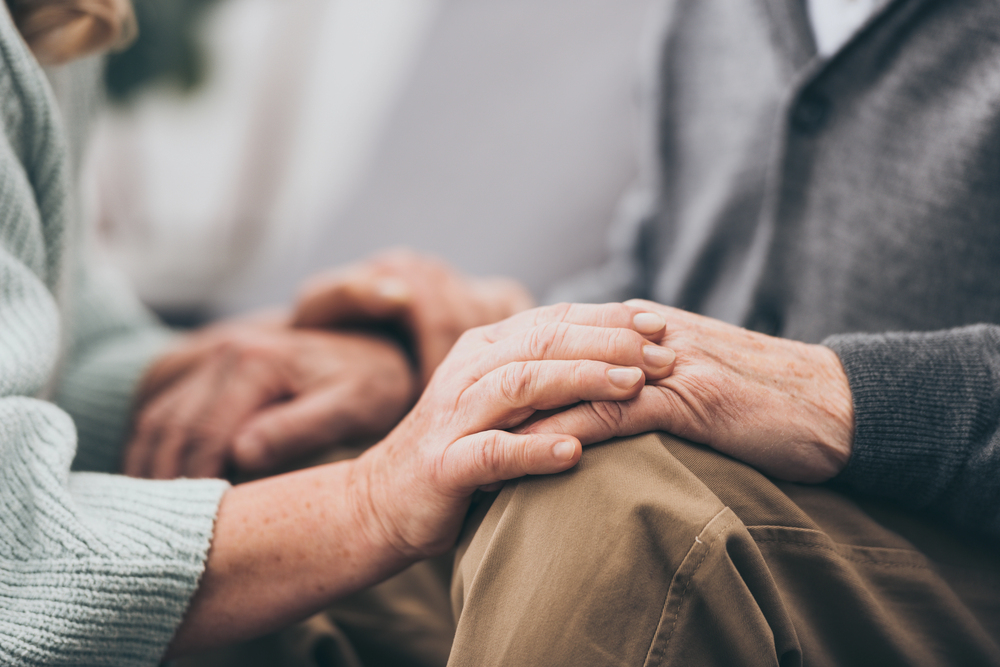Featured
Individualized care for the elderly brings a sense of satisfaction to the residents/patients. This is because of all the facilities and the best possible care available to them, which means that they have routines, treatments, and socializations adapted to each user personally.
Everyone is different, and has different needs and requirements; therefore, you need to adapt to them in order to maintain mental and emotional health.
We examined how such an approach could make life easier for the elderly and how it could be realized/implemented in the facilities that lack those features.
Understanding Personalized Senior Care
As we said before, personalized care is about adapting to the needs of users to provide them with the care that’s best for them. These institutions are specific because they are aware that older people have health problems or physical difficulties that affect their quality of life. For this very reason, facilities try to make their everyday life easier and include them in the community.
Facilities with a personalized senior care model of business said that they have 20-25% improvement in quality standards and user satisfaction in relation to traditional nursing homes and similar facilities.

Core Aspects of Personalized Senior Care
Physical Health
In order to get the elderly “back in shape”, nutrition, medication, and physical therapy must be adapted to each one. A rehabilitation plan designed just for them helps strengthen and prevents possible falls or movement difficulties.
Cognitive And Emotional Well-being
Studies show that older people are prone to memory-related issues, and this is a necessary measure for them to perform optimally and prevent decline. This is even more essential for residents diagnosed with dementia or Alzheimer’s. Also, it’s paramount to design a space where they’ll be at ease and relaxed.
Social Engagement
In such institutions, social interaction plays a big role so that individuals do not feel lonely far away from their homes. Hanging out with “your team” increases the sense of community. Also, family visits and group activities are encouraged.

Current Challenges in Senior Care
Although a personalized approach would be the ideal situation, it’s not always and everywhere like that. Most institutions stick to the traditional approach (primary care) mostly due to reduced resources and lack of staff. An example of such a facility is the Immaculate Mary Center for Rehabilitation & Healthcare, which would probably organize their work better if they had a sufficient number of caring staff. Sometimes, the problem is management that simply doesn’t want to invest in education and business development.
If one of your loved ones is currently in such a facility, and your concerns are not being addressed or even worse, are being ignored – be sure to contact/consult a law firm that specializes in these types of cases.
3 Important Benefits of Personalized Care for Senior Well-Being
Health Benefits
The most important thing to mention here is that in these facilities they try to reduce health risks and improve recovery rates. In order to make the stay and recovery as easy as possible, customized nutrition and rehabilitation plans are made for each user, an exercise routine is introduced, and special care after surgery. Every small adjustment can mean a big step on the road to recovery.
Positive Effects on Emotional and Mental Health
For certain individuals, for example, staying in nursing homes or rehabilitation centers may pose difficulties. The staff members try their best to fix the personal spaces in such a way that the users feel at home and remain at ease. Also, the residents are given emotional and psychological assistance as well.
Memory games or games that activate cognition (e.g., riddles, storytelling, ‘memory’, chess, etc.) are also organized to serve as mental exercises; to help keep their minds active. These types of activities enhance mental sharpness and curb cognitive degeneration.

Social Benefits
Socializing is an important element in facilities. Nursing homes encourage socializing among users at events organized within the facilities, as well as socializing with families and friends. So there is a possibility that they can be with their loved ones for holidays or family gatherings which reduces loneliness.
Support is also important within the community in facilities, so various social activities encourage users to sonnet with each other.
How to Implement Personalized Care Plans Effectively
Implementing this way of working can be demanding, so it’s important to assess what your options are and what you’re getting into.
To begin with, it is important to do a comprehensive analysis of the users and their needs. Their needs can change over time so that needs to be taken into account. Now that you know how big your bite is, you need to arm yourself with expert staff – doctors, nurses, physiotherapists, nutritionists, etc. This is the basis for success.
It is a good idea to let older people influence the choice of food, for example. They will feel more included and their opinion will be respected. You can have them suggest some activities that they did before coming to the nursing home. Such ideas can affect mutual satisfaction.

Conclusion
Personalized senior care fulfills users on several levels – physically, emotionally, and socially. Facilities with this way of working have better health outcomes and an increased quality of life for their users.
If you decide on personalized senior care be aware of the pitfalls, but we believe that everything invested will pay off when you see the progress and satisfaction of your users.
Image Credit: depositphotos.com























